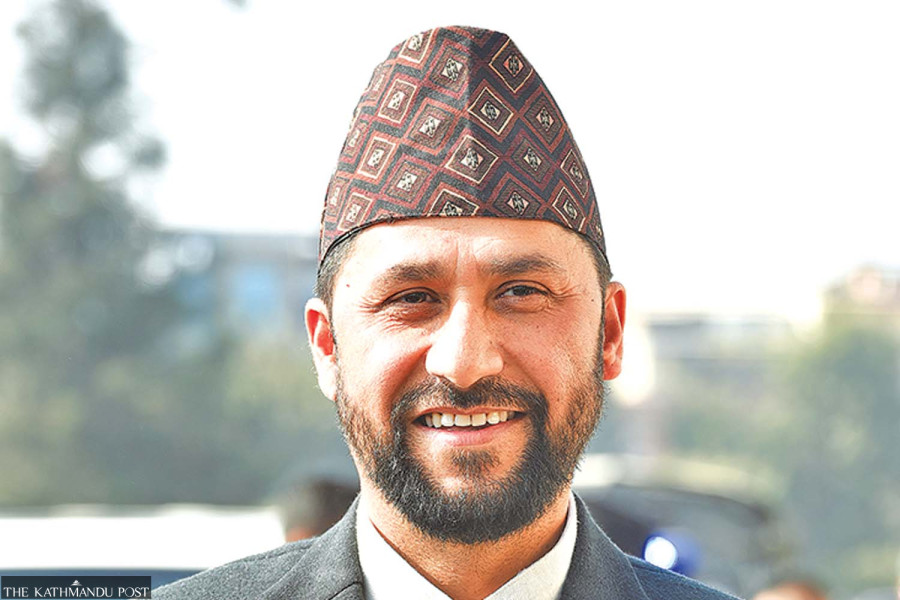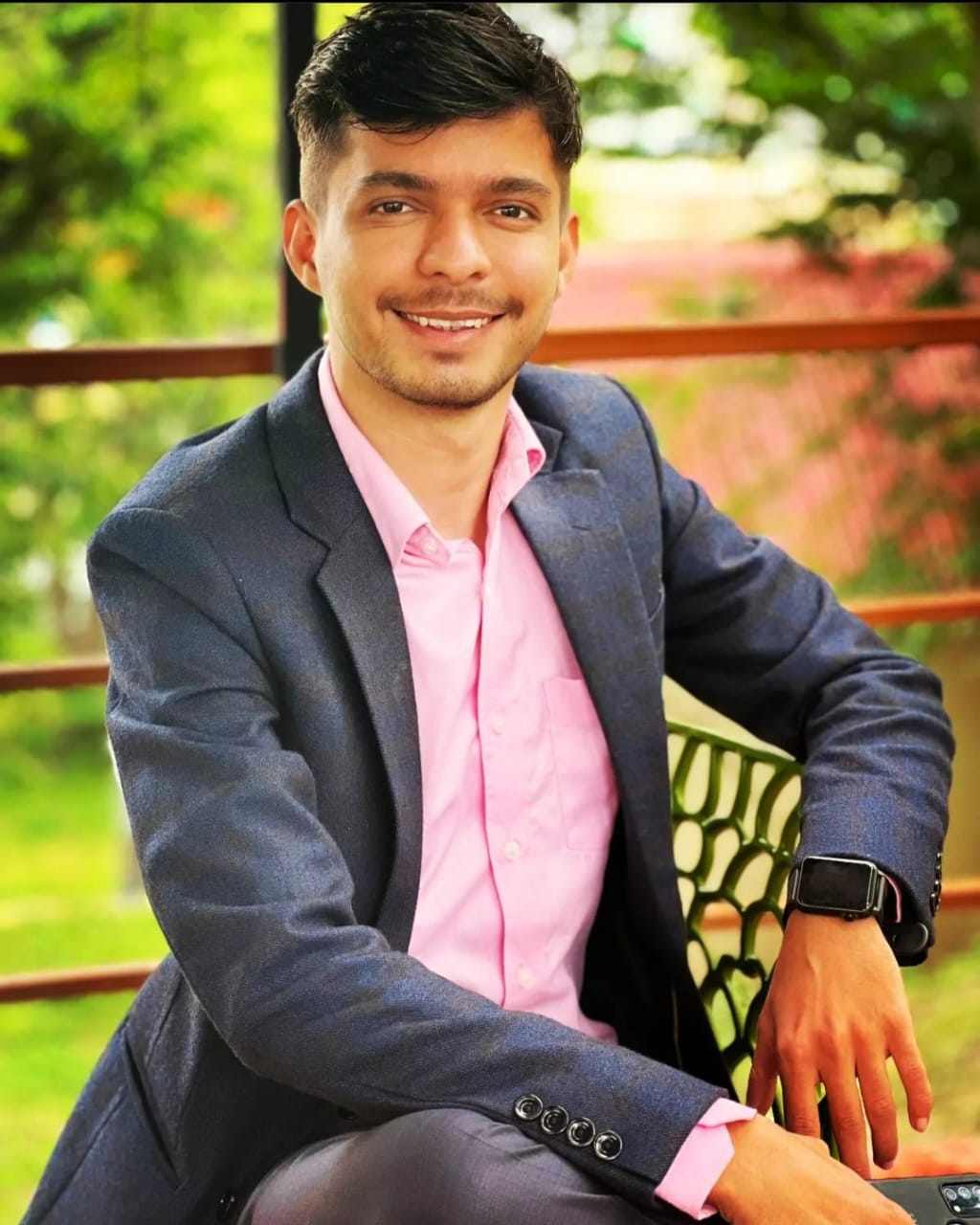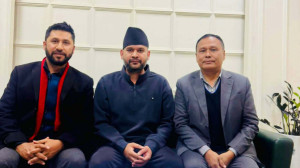Politics
Rastriya Swatantra Party goes against its own policy as it picks plum Cabinet posts
In its bargain for positions, the new party led by Rabi Lamichhane seems to have forgotten its own commitment to cutting costs of legislature and administration. Experts see the party no different in its quest for power.
Nishan Khatiwada
Rastriya Swatantra Party bargaining for, and clinching positions such as deputy prime minister and state minister, has courted criticisms from intelligentsia and experts.
In the Cabinet led by Prime Minister Pushpa Kamal Dahal, Rastriya Swatantra Party got four ministerial berths including a state minister and a deputy prime minister. Experts termed both positions as liabilities to the state as they lack a unique role and clearly demarcated duties.
“There is no unique role for deputy prime minister and state minister. In the federal structure, such a large Cabinet with a large number of ministries and ministers is unnecessary,” said Bimal Koirala, former chief secretary and an administration expert.
In the election manifesto, the Rastriya Swatantra Party had envisaged a governance structure with no provincial head, no constitutional council and no District Coordination Committee, saying they are a burden to the state. The manifesto had stated that the Vice President will be the ex-officio chair of the National Assembly. It also criticised provincial ministries as unnecessary as they added to the expenses, resulting in an increase in tax burden for citizens.
The party has disregarded its own commitment to cutting the costs of legislatures and the executive, cutting off unnecessary positions, as they bargained for, and heartily accepted the deputy prime minister and state minister in the power sharing. The party’s change in tone and action, soon after emerging as the fourth largest force in the Parliament from its first foray into parliamentary politics, is now widely criticised by political commentators and experts.
“The Rastriya Swatantra Party’s commitment to change the governance structure in the state and in the centre were merely targeted to lure the voters, and grab power,” said Pitambar Sharma, a political analyst, who was also the vice-chair of National Planning Commission.
Until the last hour of Cabinet formation, the party was engaged in wheeling and dealing for ministerial berths and the post of the deputy Speaker. Party chair Rabi Lamichhane has taken office as the deputy prime minister and home minister, Vice Chair Dol Prasad Aryal as the labour minister, Shishir Khanal as Education Minister, and Toshima Karki as the state minister for health.
Political analyst Chandra Dev Bhatta said that despite having envisioned an effective governance system, chopping unnecessary posts during the polls, the party kept the power at its centre like traditional political parties. “There is no need for such ministries. No problems have appeared in the governance [in ministries] due to the work size to make the state ministers a necessity. RSP did not understand it either,” he said.
There is no clear and concrete demarcation of the roles of the deputy prime minister and state minister, but the deputy prime minister receives better pay and perks than a minister. Deputy prime ministers get 14 security personnel while ministers get eight. They continue to get two security personnel for two years after their retirement, unlike ministers.
Lamichhane’s appointment as the deputy prime minister led to a high number of deputy prime ministers because many senior leaders of different political parties were reluctant and felt uncomfortable to take the ministries with lower rank than that of Lamichhane.
Now, the Cabinet has four deputy prime ministers and three state ministers.
“As our country’s economy is going through hardships, our government should have set an example that they are putting their efforts to minimise the expenses, without compromising on the delivery. But the government is giving the wrong message,” said Koirala. “This government, with new parties like Rastriya Swatantra Party and new faces, has appeared no different.”
The minister for health is Padam Giri from CPN-UML. History was full of tussles between the state minister and minister of the same party. Here, as they belong from two different parties, the clash and problems are more likely to occur in the near future, say political watchers.
“Nepal does not have a good record of the coordination of the ministers and state ministers. As there is no clear demarcation of roles, differences will surface regarding ‘who will do what’ in the current ministries having state ministers,” said Koirala, the administration expert.
The state minister cannot even take part in Cabinet meetings.
Rastriya Swatantra Party had emerged as a major player in Nepal’s politics, cashing in on the public frustration due to the past governments’ failures to deliver. The increase in the size of the political class and lack of delivery will add to the public frustration, said Bhatta, the political analyst.
In the past, appointment of state ministers in some occasions looked rational as they were given the responsibility of a ministry where there was no Cabinet minister and the portfolio used to be overseen by the prime minister himself.
But in recent years, there were multiple incidents of conflict between the Cabinet minister and state minister even when they were from the same party. In most of the cases, the state minister accused the senior minister of making them redundant.




 13.12°C Kathmandu
13.12°C Kathmandu













%20(1).jpg&w=300&height=200)

